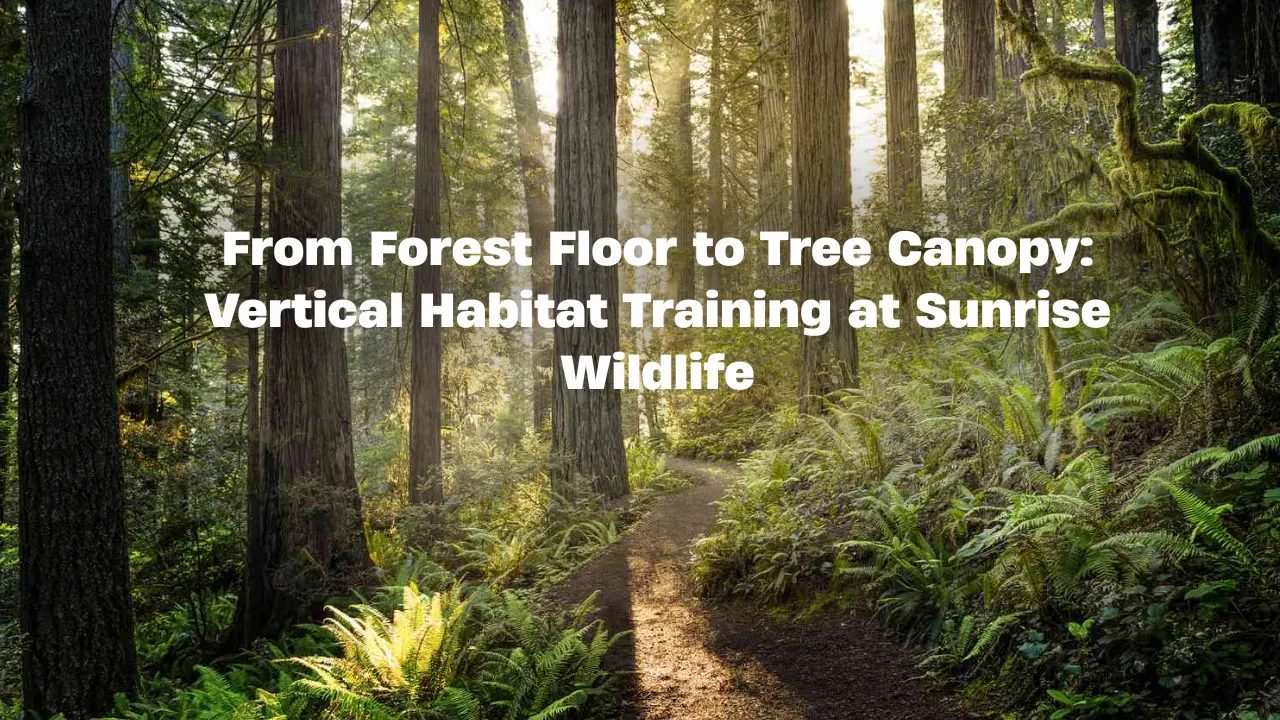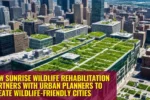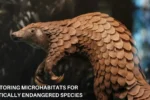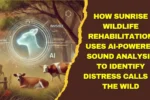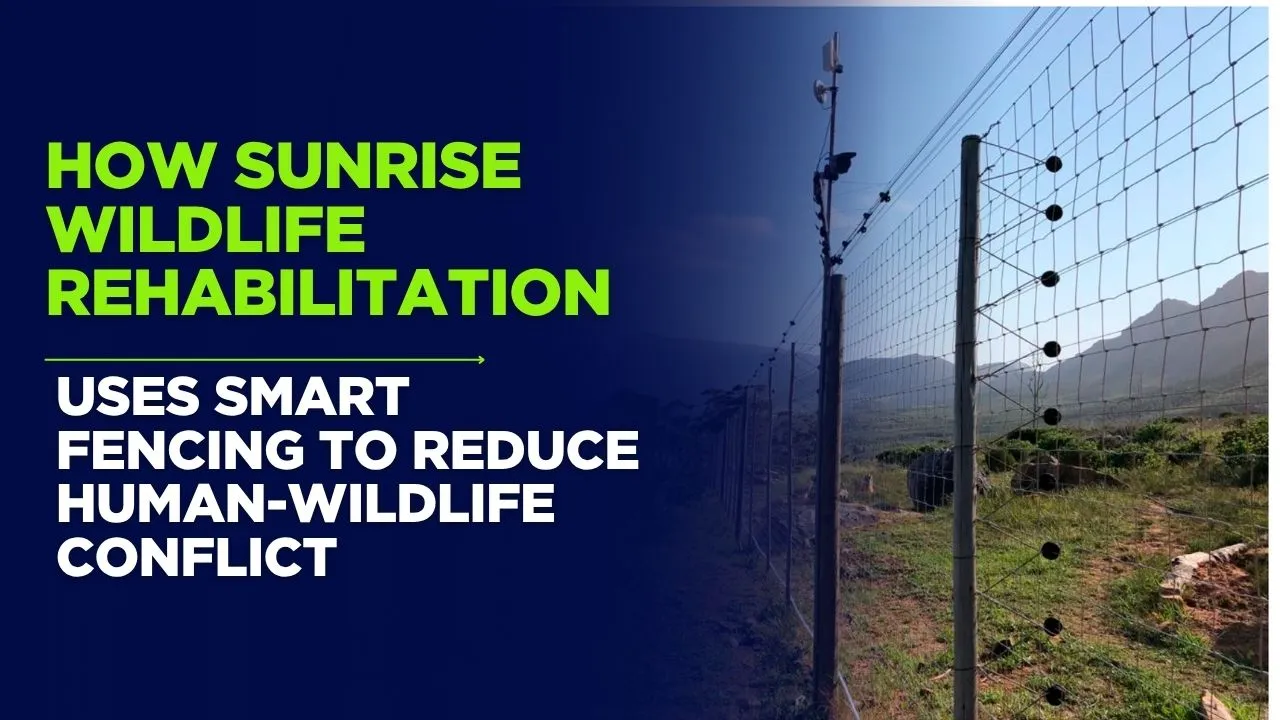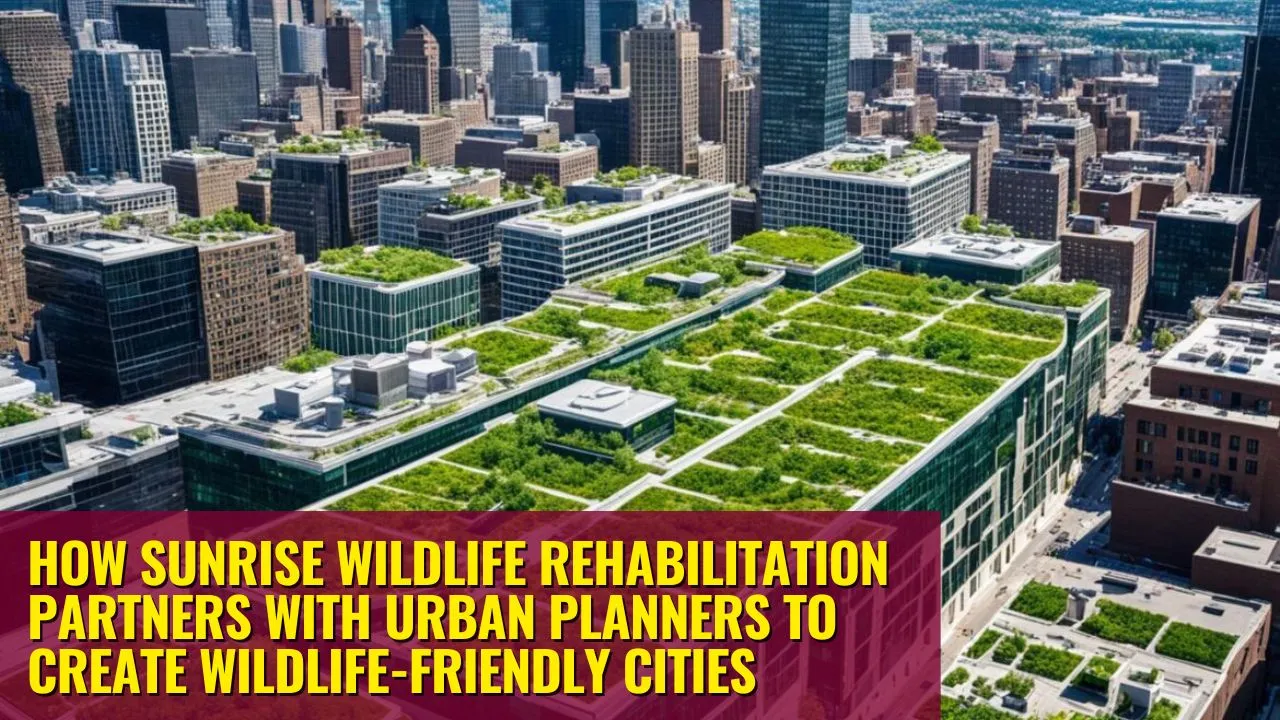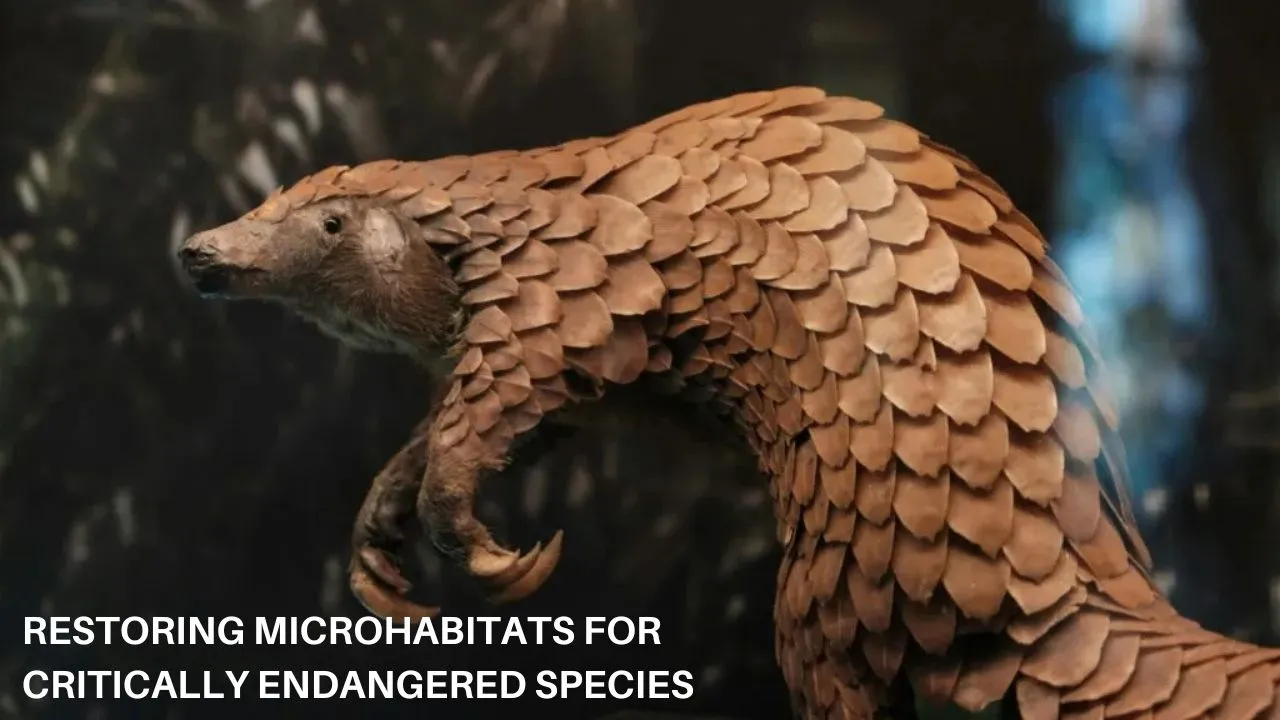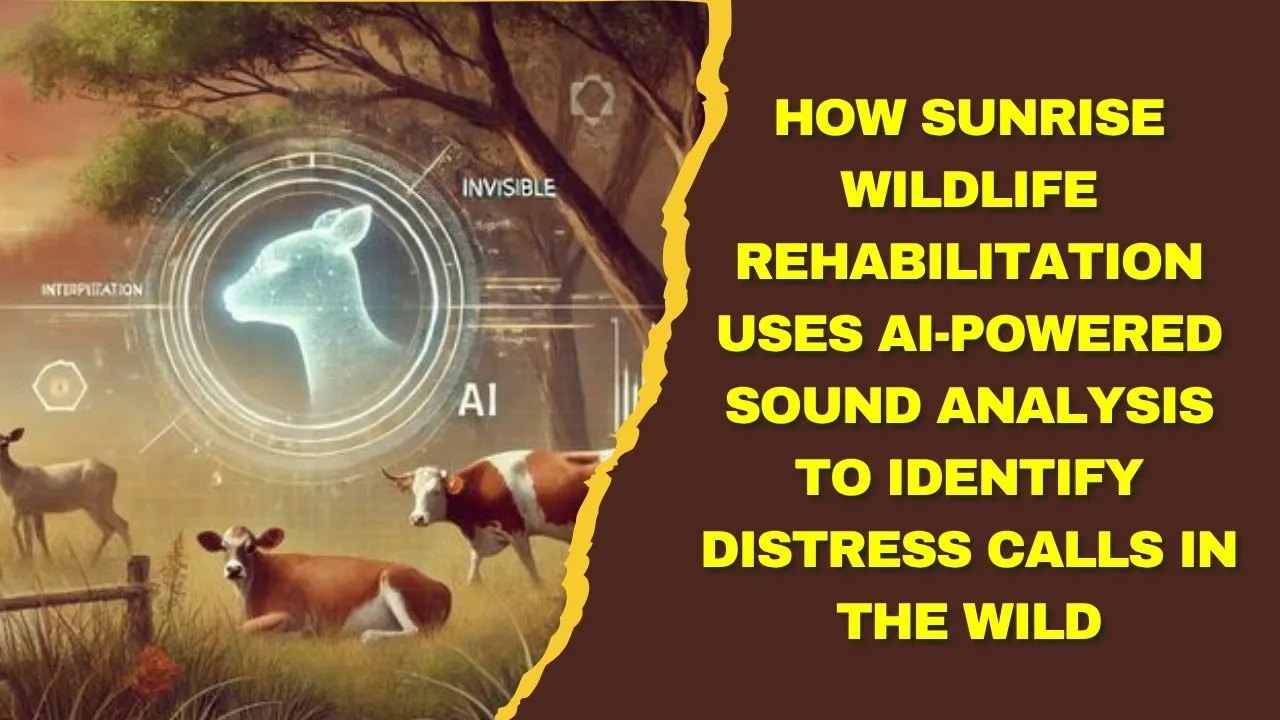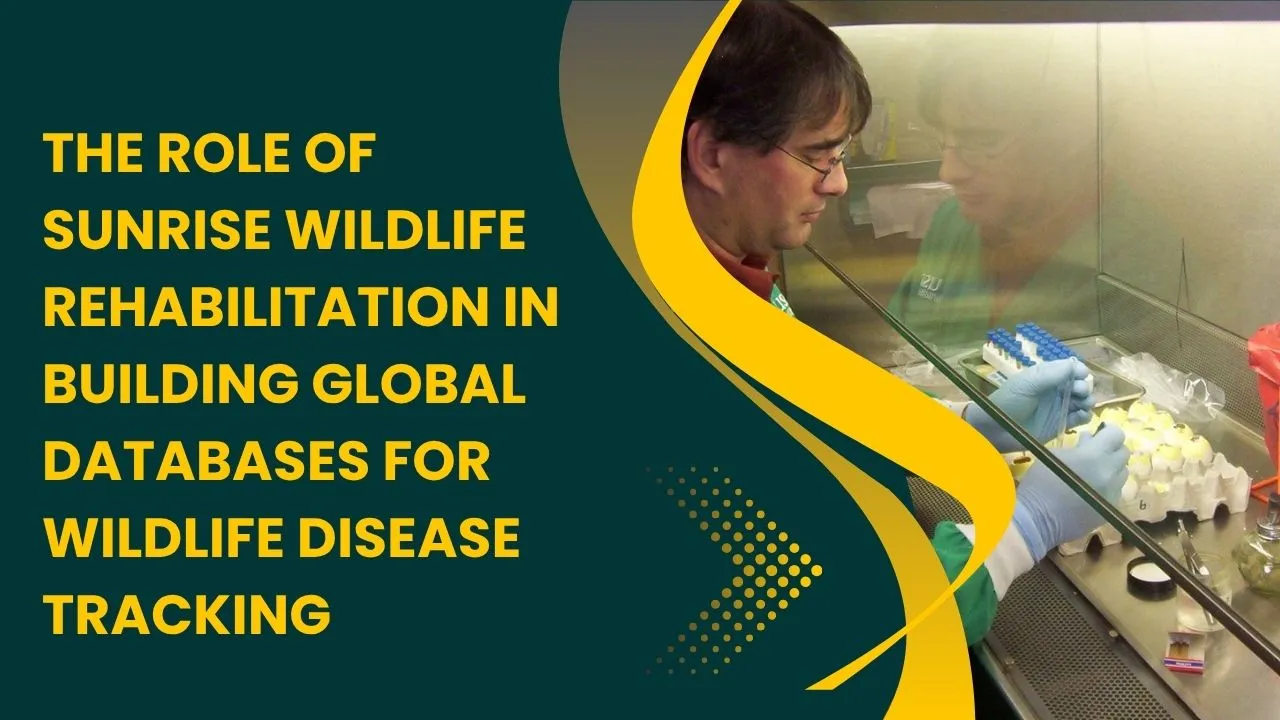From Forest Floor to Tree Canopy represents more than an enclosure design — it’s an intentional journey for animals at Sunrise Wildlife to rediscover the freedom, instincts, and confidence that nature intended. This sanctuary is pioneering a training approach that doesn’t just provide shelter but recreates the layered complexity of a true forest home.
Here, the focus is on rebuilding the link between animal and environment. Each step, from cautious first movements on the ground to confident leaps in the treetop canopy, is carefully designed. The result is healthier, more active animals that are mentally alert, physically strong, and better prepared for life in a habitat that mirrors the wild.
From Forest Floor to Tree Canopy
At its heart, From Forest Floor to Tree Canopy is about guiding animals through the complete vertical range of their habitat. Sunrise Wildlife structures this journey to reflect the natural forest layers: the shaded ground level for safety and food foraging, the mid-story for climbing and exploration, and the sun-filled canopy where new feeding opportunities and vantage points await. By progressing gradually through these stages, animals regain the agility, problem-solving skills, and confidence needed for survival. This is not a rushed process; it is a thoughtful blend of environmental design, animal psychology, and patient care that strengthens both body and mind.
Overview of the Forest Layers
| Forest Layer | Key Features | Role in Animal Training |
| Forest Floor | Shaded, sheltered, rich in fallen leaves and plants | Builds comfort and safety for initial exploration |
| Mid-Story | Branches, vines, and climbing structures | Encourages agility, balance, and curiosity |
| Canopy | Sunlight, fruits, and insect-rich foliage | Stimulates natural foraging and territorial awareness |
Understanding Vertical Habitat Training
Vertical habitat training is the process of helping animals navigate the natural height of their environment. Many species in the wild depend on moving vertically — climbing for food, avoiding predators, or finding shelter. When animals arrive at Sunrise Wildlife after injury or captivity, they may have lost this ability or the confidence to use it.
By starting at the ground level and gradually introducing height, keepers rebuild essential skills. This is especially important for arboreal species, where vertical movement is a survival necessity.
The Layers of the Forest
A forest is not flat — it’s a layered world, each level with its own ecosystem. Sunrise Wildlife focuses on replicating these layers so animals can experience the full spectrum of their environment.
- Forest Floor: Cool, shaded, and protective. A place for hiding, feeding, and regaining a sense of safety.
- Mid-Story: Vines, lower branches, and climbing frames that encourage physical activity and exploration.
- Canopy: The uppermost layer, rich with sunlight, fresh air, fruits, and insects. It’s the ultimate test of climbing confidence.
Why Sunrise Wildlife Uses Vertical Habitat Training
The From Forest Floor to Tree Canopy method is more than enrichment — it’s rehabilitation. Animals benefit in multiple ways:
- Physical Development: Climbing strengthens muscles, improves coordination, and enhances flexibility.
- Mental Engagement: New challenges and varied environments keep animals alert and curious.
- Behavioral Restoration: Animals rediscover natural instincts like foraging, nesting, and territory navigation.
Over time, these improvements increase the chances of successful release into the wild or ensure a better quality of life in sanctuary care.
How Training is Done at Sunrise Wildlife
Training starts slowly. Keepers set up secure, low climbing structures at ground level — logs, stumps, and low platforms. Once the animal shows confidence, more complex features are added: rope bridges, angled branches, and feeding stations at different heights.
The process is highly individual. Some animals race upward within weeks; others take months before leaving the safety of the forest floor. Positive reinforcement plays a big role, with food rewards and interactive toys placed at higher points to encourage climbing.
Key Species in the Program
Some animals take to this training more naturally than others. At Sunrise Wildlife, common participants include:
- Capuchin monkeys – intelligent and agile, quickly mastering climbing challenges.
- Howler monkeys – slower movers but excellent at adapting to canopy life.
- Tree opossums – shy at first, but agile once confident.
- Mixed bird species – from ground-foraging quails to canopy-hopping toucans.
Each species’ progress is monitored closely, ensuring the program adapts to their pace.
Two Essential Training Strategies
Two core methods make From Forest Floor to Tree Canopy successful:
- Gradual Height Exposure: Animals advance step-by-step, from low platforms to tall canopy structures.
- Layer-Specific Enrichment: Different food types, scents, and toys are placed at each level to inspire upward movement.
Safety and Comfort First
Safety is never compromised. All climbing equipment is tested for stability, with escape routes and resting spots at each level. No animal is forced to climb — the training respects their comfort zones while gently pushing boundaries. This careful approach builds trust between animals and keepers.
Community and Conservation Impact
This program doesn’t just help animals. Visitors witness the process and learn why preserving natural habitats is essential. By understanding how animals use every layer of the forest, people gain a deeper appreciation for ecosystems and the role of conservation. The hope is that education will inspire action, from supporting sanctuaries to protecting wild forests.
The Future of Vertical Habitat Training
Sunrise Wildlife is continually improving its approach. New climbing designs, scent trails, and even sound enrichment (like recorded forest noises) are being tested. The goal remains the same: preparing animals for the fullest, richest life possible — whether that’s in a protected reserve or the wild.
FAQs
Q1: What is the main goal of vertical habitat training?
To help animals regain natural climbing skills and confidence, ensuring they can use their full habitat effectively.
Q2: Which animals benefit most?
Primates, small arboreal mammals, and certain bird species see the biggest improvements.
Q3: How long does training usually take?
It varies — some animals adapt in weeks, others require several months.
Q4: Is the training safe for rescued animals?
Yes, all structures are secure and animals are never pushed beyond their comfort level.
Q5: Can visitors see the training in action?
Yes, visitors can watch designated sessions and learn about the forest layers.
Final Thought
From cautious first steps on the shaded forest floor to fearless movement in the open canopy, From Forest Floor to Tree Canopy is a transformation worth witnessing. At Sunrise Wildlife, this process doesn’t just restore movement — it restores dignity, instinct, and a connection to the wild.
Every climb tells a story of recovery. Every leap is a testament to patience and care. And every success reminds us that when we give nature back to animals, they give us back a piece of the wild in return. If you believe in the power of conservation, share this story, support your local sanctuaries, and keep the forests alive — for every creature that calls them home.
